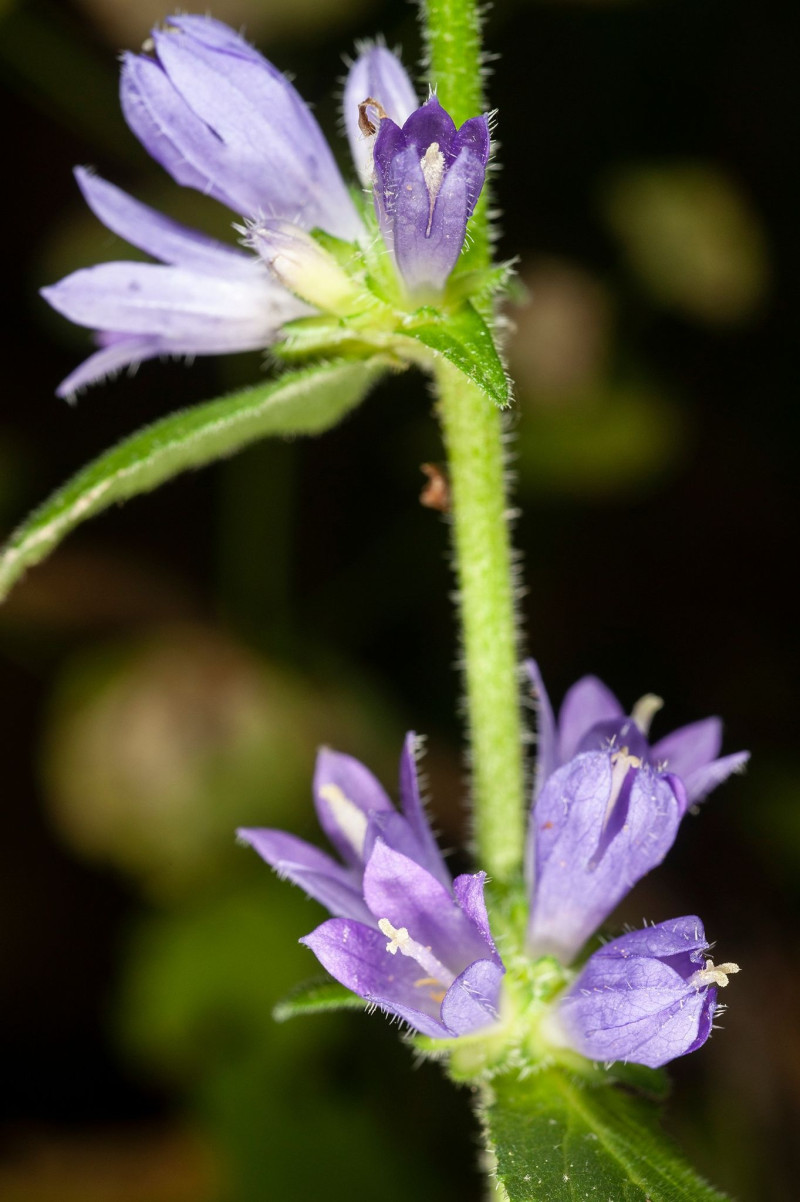These are Centaurea pangea and Campanula pangea, species that actually got their name from the place where they were found.
Two plants that only appear on Mount Pangaeo are put under the microscope of scientists in order to highlight them and take measures to preserve them. It’s about Centaurea pangea and Campanula pangea, species that even got their name from the place where they were found.
Their study has been included in the 32 projects for the research of endemic and threatened species of Greece approved by the Hellenic Foundation for Research and Innovation (ELIDEK) in the context of a Program Contract with the Natural Environment and Climate Change Organization (OFYPEKA).
Spyros Tsiftsis, assistant professor at the International Hellenic University, will deal with the recording and evaluation of Centaurea pangea, proposing, based on the identified threats, management measures that will help local authorities to effectively preserve the species.
According to Mr. Tsiftsis, Centaurea pangea is a species with a particularly limited distribution (narrow endemic), occurring in a limited number of microsites on Mount Pangaeo. It grows at altitudes above 1250m. and was first described in 1979, while due to its rarity (small population size and limited distribution), for several years no one managed to find it again until 2022.
The risk category assessment of Campanula pangea, a new and local endemic species, based on detailed data on its distribution, is aimed with the project undertaken by Yiannis Tsiripidis, associate professor in the Biology Department of AUTH.
Campanula pangea was first described in 1998 and has been evaluated as a vulnerable species in 2009 in the Red Book of Rare and Threatened Plants in Greece, but it is not included in the list of plants of the International Union for Conservation of Nature (IUCN), with an assessed category of threat.
As Mr. Tsiripides mentions, it has been found, until now, only on Mount Pangaeo, but it has been assumed that it may also exist in neighboring mountains. His study aims to collect accurate and detailed data that can lead to a secure assessment of the threat category of Campanula pangea, according to the IUCN criteria.
The 32 projects recently approved by OFYPEKA for the implementation of the research program “Field studies of endemic, endangered and nationally important species of Greece”, with a total budget of 330,000 euros, also include studies on the Milos lizard, the white-tailed eagle, the most endangered species bird of Greece, the endemic legionary ant as well as many more endemic and endangered species of plants and animals.
Na.K.
RES-EMP
Read the News today and get the latest news.
Follow Skai.gr on Google News and be the first to know all the news.
I have worked as a journalist for over 10 years, and my work has been featured on many different news websites. I am also an author, and my work has been published in several books. I specialize in opinion writing, and I often write about current events and controversial topics. I am a very well-rounded writer, and I have a lot of experience in different areas of journalism. I am a very hard worker, and I am always willing to put in the extra effort to get the job done.











